Safety hazards
Whether you operate a low-risk office space or a fast-paced factory-floor environment, all workplaces present safety hazards that need to be managed.
From preventing slips, trips and falls to guarding machinery, employers have a legal duty under various legislation, such as the Management of Health and Safety at Work Regulations 1999, to protect employees and others from harm. This means identifying potential hazards, assessing risk and implementing “reasonably practicable” controls.
Get your FREE consultation
Submit your details and one of our team will be in touch.
COVID-19 | FREE expert guidance for employers, including sample policies, template risk assessments and more
How we help
Meet your safety responsibilities with our specialist support
Safety hazards – those that create unsafe working conditions – can cause injury, illness and even death. With six-figure fines now commonplace, safeguarding your workplace is essential. After all, it only takes one loose cable or missing safe system of work to expose your organisation and employees to serious harm.
If you’re not confident in your compliance, or don’t have the time or expertise to manage safety hazards in house, our fixed-fee Health & Safety service can minimise risk across your organisation and allow you to operate with complete peace of mind.
- Ensure risks are appropriately managed with an on-site health and safety audit (General Risk Assessment) of your premises and practices
- Identify and control relevant safety hazards, from floor surfaces to work equipment and inspection and maintenance
- Continue to meet your responsibilities with unlimited advice from a named Health & Safety specialist
- Protect your interests and remedy root causes with accident investigation assistance
- Create bespoke monitoring lists and conduct inspections with our smart health and safety software, SafetyNest
Related resources
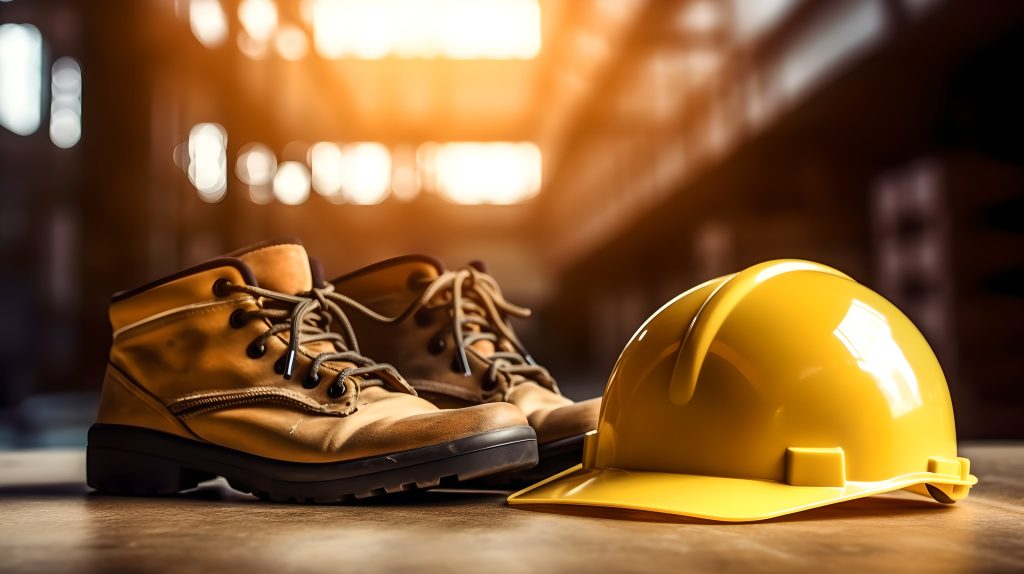
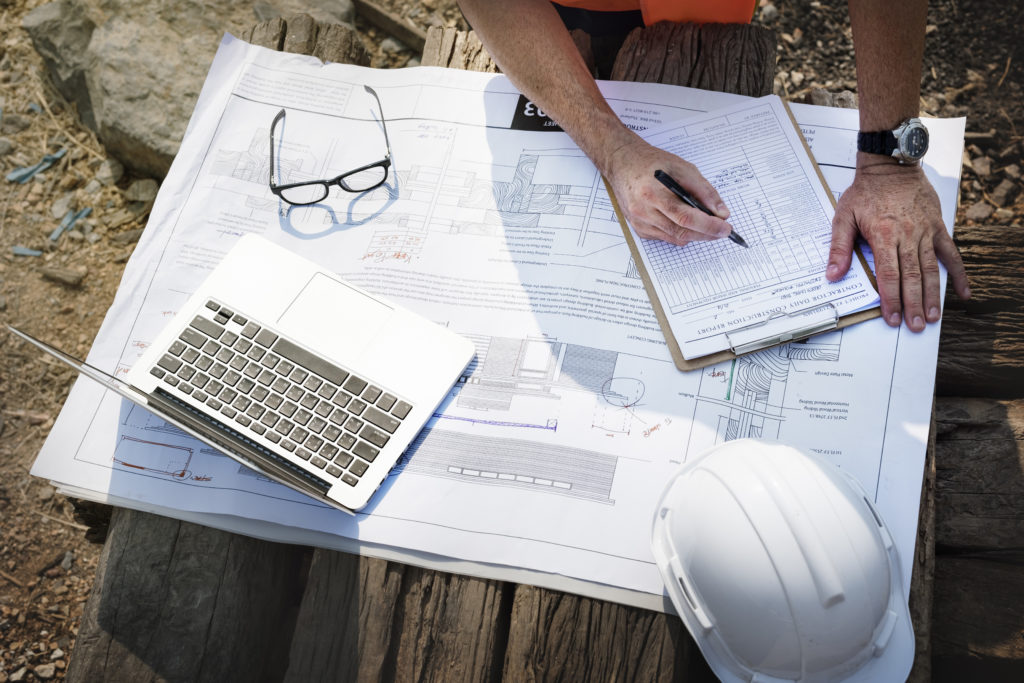
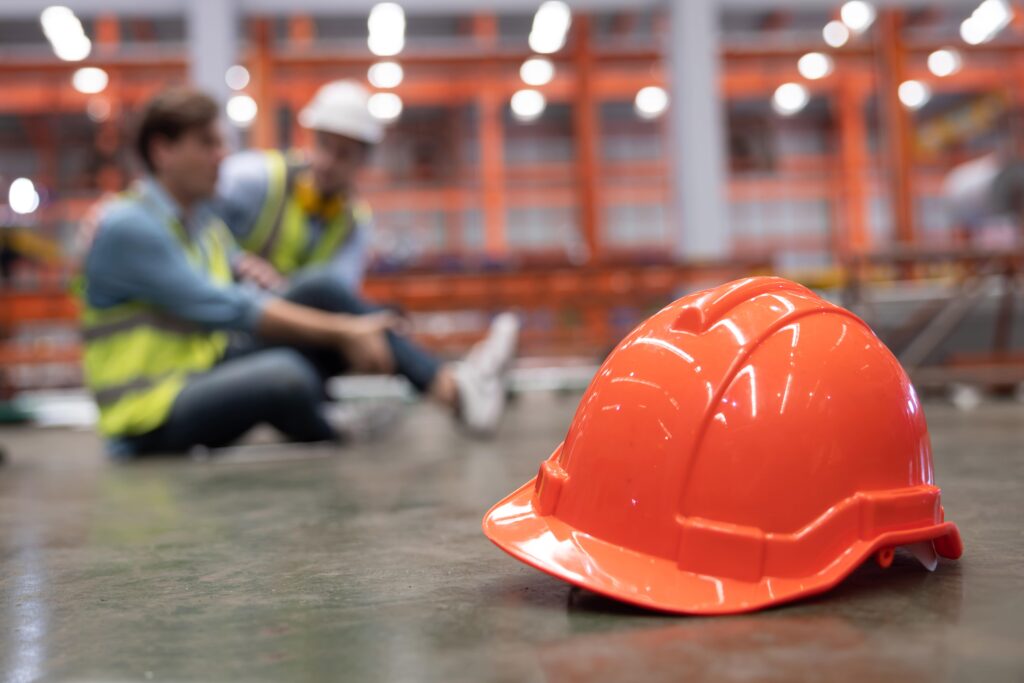
Protect your people and your business from costly mistakes
Not only can safety incidents in the workplace result in serious injury to the individual, they can be costly for employers. As well as damages, administration and insurance costs, there can be additional hidden expenses related to production delays, investigation time and temporary labour. Of course, there’s also the brand implications of failing in your duty of care to employees, customers and others.
From machinery dangers to electrical hazards, from working at height to working in areas with moving vehicles, take a proactive approach to risk with outsourced support from WorkNest. Whatever arrangements you currently have in place, and whatever risks your activities present, we can implement a safety management system that works for you.
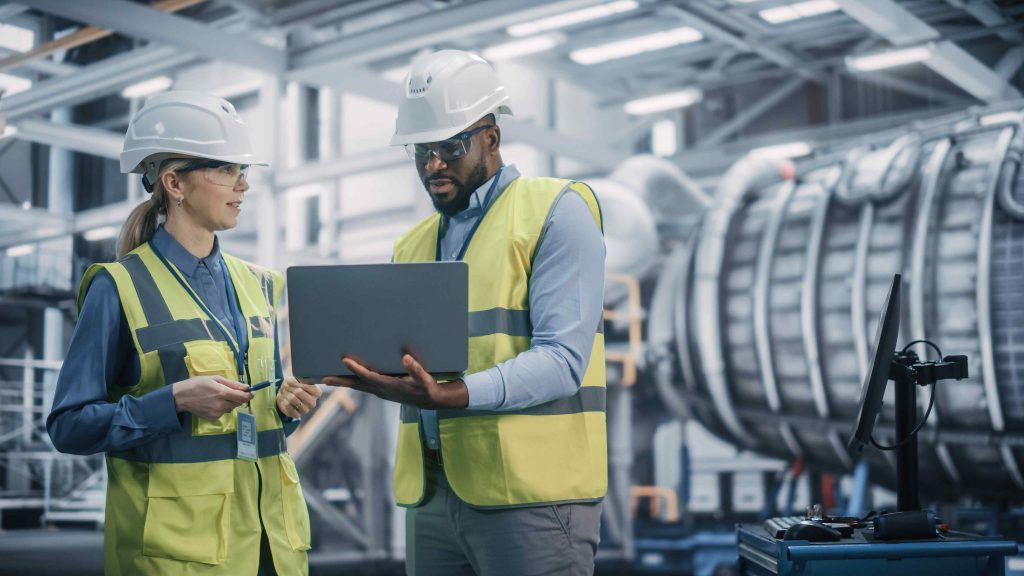
Popular FAQs
What is the most common cause of non-fatal workplace injury?
According to the HSE’s most recent injury and ill health statistics, of the 581,000 estimated self-reported injuries in 2018/19, 29% were as a result of slips, trips or falls and 20% were caused by handling, lifting or carrying. Employers often see these types of accidents as low risk; however, given their prevalence, they can incur significant costs related to absence, fines and reputational damage. Slips and trips can also be an associated factor in more serious and even fatal injuries, while falls from height continue to be the number one cause of fatal injury at work. It is therefore essential that slip, trip and fall hazards are considered as part of your risk assessment.
What are the Provision and Use of Work Equipment Regulations 1998 (PUWER)?
The Provision and Use of Work Equipment Regulations 1998, or PUWER, require employer to ensure that any equipment provided for use at work is suitable for the intended use, safe to use and maintained in a safe condition. All work equipment must be inspected to ensure it is correctly installed and doesn’t subsequently deteriorate and must only be used by people who have received adequate information, instruction and training. Employers can sometimes fail to recognise that even ‘harmless’ looking machinery such as a pallet truck would be covered under the PUWER Regulations and that risk assessment, servicing and training are required for use.
What are employers’ electrical safety responsibilities?
The Electricity at Work Regulations 1989 place duties on employers with regards to electricity use within the workplace. They require employers to ensure electrical systems are safely installed and maintained as necessary to prevent them becoming dangerous, and to carry out work on electrical systems in ways that prevent danger.
Legislation also requires employers to decide on the frequency of testing and inspection of electrical equipment based on the findings of a risk assessment. It’s good practice to write down how often each piece of equipment is to be checked – make sure the checks are carried out and keep a record of the results.
How can we monitor health and safety in the workplace?
Our health and safety software, MyH&S, can help with bespoke monitoring lists which can be edited or created by you. These can help with basic office inspections to check for slip and trip hazards and can also be used for inspecting and monitoring work equipment. The system, once set up, will prompt you when monitoring checks are required to ensure they are not overlooked
What are the guard standards for machinery?
The law requires that access to dangerous parts should be prevented, or the movement of dangerous parts stopped before a person enters the danger zone.
What is the average fine for a breach of health and safety law?
The average level of fine has increased 381% since sentencing guidelines were introduced in 2016, from £27,000 to £130,000 per conviction. Therefore, in addition to the trauma caused to the individual, a serious safety incident could have a significant impact on an organisation’s bottom line. With this in mind, the cost of expert Health & Safety support is likely to be far less than the cost of non-compliance.
Can you help with risk assessment?
Yes. As part of our fixed-fee Health & Safety service, we will conduct a General Risk Assessment (health and safety audit) of your premises, practices and procedures to identify and remedy any areas where you’re exposed. We can also help you to formulate formulate assessments for specific risk areas such as DSE, manual handling, COSHH and fire safety.
We have had a workplace accident. Can you help us to investigate?
Yes. If you suffer a workplace accident, our Accident and Investigation Support will help you to gather information, determine root causes and implement solutions, with the aim of protecting your interests and proactively preventing further harm.
What's included in our fixed-fee Health & Safety support
Accident and Incident Investigation
An accident in the workplace is every employer’s worst nightmare. We can help to guide your investigation, advise on corrective action and protect your interests in the event of regulatory enforcement.
Can you help us prepare an accident investigation report?
Yes. This can be tricky to get right, especially as once you reach conclusions and set out the actions you have taken, the document is disclosable to the other side in the event of a personal injury claim or prosecution. We’ll help you stick to the facts, keep opinion separate, and make sure the report is presented in a way that protects your best interests and, most importantly, identifies the things that need to be put right to prevent reoccurrence.
We have been written to by the regulator regarding a health and safety incident. Can you help?
Yes. In the event of a serious accident or emergency, we will support your investigation and advise you on your communications with the enforcing authority. We will be there to help mitigate damage, guide you and support you. If you have received a letter from the regulator, we can help you to formulate a response until legal advice is required, in which case (if you have chosen to take it) our Legal Expenses Insurance is activated.
Advice Line
Whether you’re facing an immediate crisis or just in need of an expert second opinion, get sensible, proportionate and practical advice at any time with our unlimited advice line support.
Who will I be advised by?
At WorkNest, we’re big believers in a personal approach. That’s why we assign each of our clients a named consultant, with who will become your main point of contact for advice, guidance and support on all health and safety matters. If you take up our full Health & Safety service, your consultant will also be the one to conduct your health and safety audit and produce your policy and handbook. This means you’ll receive consistent advice from a dedicated expert who truly understands your organisation’s safety system, arrangements and goals.
What if my consultant isn’t available?
If, for whatever reason, your dedicated consultant isn’t available when you call, our office-based Helpdesk Team will be able to resolve most issues for you or direct you to the relevant guidance or template you need via our Knowledge Hub. If you have a particularly urgent or technical query, our Helpdesk Team can triage this to another expert within our team. Rest assured you’ll never be left without support.
Audit and Inspection
From a policy that isn’t being executed properly to a procedure or risk assessment that’s out of date, we can conduct a thorough examination of your premises, practices and procedures to identify and remedy any areas where you’re exposed.
What form does the audit take?
There are a number of different models and templates for conducting health and safety audits. Most commonly, and the approach we adopt at WorkNest, is what’s known as a General Risk Assessment (GRA). This is a systematic examination of your workplace to identify possible causes of harm, the likelihood and severity of that harm occurring given the safeguards already in place, and any further control measures needed to reduce risk to as low a level as is “reasonably practicable”.
Will you just provide a report of the issues identified?
No, we report on both compliant and non-compliant areas, and the report will provide clear solutions and recommendations to address particular areas of concern. Unlike some providers, we won’t insert default ‘corrective action required’ responses unless it is absolutely clear what you need to do; we edit to provide clarity. Plus, if you have any questions or concerns, your dedicated Health & Safety Consultant will be more than happy to assist.
Become Your Competent Persons
We’re so confident in our ability to manage your compliance that we’ll even act as one of your legally-required competent persons, which all organisations must have access to by law in order to meet the requirements of health and safety legislation.
What is a competent person?
Put simply, a competent person helps an organisation to comply with health and safety law and take all reasonable steps to keep people from harm. This will be one or more persons who have the ability to recognise the health and safety risks associated with your organisation and identify sensible and proportionate solutions. The meaning of competent person can be found in Regulation 7 of the Management of Health and Safety at Work Regulations 1999. This states that “every employer shall, subject to paragraphs (6) and (7), appoint one or more competent persons to assist him in undertaking the measures he needs to take to comply with the requirements and prohibitions imposed upon him by or under the relevant statutory provisions and by Part II of the Fire Precautions (Workplace) Regulations 1997.”
Why would I appoint somebody external to my business?
Will the individual you appoint as your in-house competent person be able to dedicate enough time to this responsibility? They might know your organisation inside and out, but do they have the necessary skills, knowledge and training to keep you compliant? Do they have a working understanding of health and safety legislation and how it applies to your organisation? Appointing an impartial person, external to your organisation, gives you access to technical expertise and the benefit of hands-on experience, and brings structure to the way you manage health and safety. We’ll help you to set up an effective safety management system, show you what good looks like, and give you clarity over what you need to be doing.
eLearning
Taking time out for employee training isn’t always possible. Nevertheless, as an employer, you want to know that your staff are fully equipped to undertake their duties confidently and safely – and that your organisation is protected – without affecting productivity or spending a fortune.
A convenient and powerful alternative to classroom-based training, our online eLearning courses incorporate videos and interactive testing for impactful and engaging employee training.
What types of courses are available?
Our ever-growing library of eLearning courses currently covers over 100 topics, including HR courses such as Equality & Diversity, Sexual Harassment and Social Media Use; soft skills courses such as Communication, Leadership and Change Management; and compliance courses such GDPR, Anti-Money Laundering and the Bribery Act. We also offer an extensive range of Health & Safety courses, including Accident Reporting, Risk Assessment and First Aid. Download the full course brochure.
How much do the courses cost?
All of our eLearning courses are free for the first year when you purchase our Employment Law & HR or Health & Safety managed service. This means you’re not paying per head or per course, which not only keeps down but gives you complete cost certainty over your training expenses. This is particularly handy if your workforce is growing, as you won’t need to purchase extra licenses, giving you exceptional value for money.
Legal Expenses Insurance
An optional element of our fixed-fee Health & Safety support, our FCA-regulated Legal Expenses Insurance (LEI) can cover against the commercial ramifications of a serious safety incident.
What happens if there’s an accident in our workplace? Is it likely we will be fined?
Most reportable accidents in the workplace are not followed up by the regulator, but if they do take an interest, you are more likely to be subject to some sort of enforcement action being taken. This may be an enforcement notice or Fee for Intervention (FFI) breach. Alternatively, it may be the start of criminal proceedings that end up in court, the cost of which can be significant.
Does LEI include legal representation?
Yes. If you choose to defend the claim, our LEI includes legal support right the way through a case, including barrister’s costs. Here, there will be a prospect of success assessment; the likelihood of an acquittal will need to be more than 50% in order to be covered by the LEI. However, if you’ve followed advice from your dedicated WorkNest Health & Safety Consultant, there’s no reason why you wouldn’t be covered in this situation. In reality, if we have identified an issue and you’ve taken the corrective action we recommended, you shouldn’t find yourself in this situation in the first place.
SafetyNest Software
Our innovative Health & Safety Management Software will revolutionise your approach to safety management by creating smart “to-do” lists, cutting out the admin and allowing you to monitor your compliance at a glance.
How can SafetyNest help me?
Our SafetyNest software can transform how you manage health and safety. By turning heavily-administrative, time-consuming tasks into automated processes, it will increase standards and efficiencies across your organisation and free up valuable time. By being able to monitor your compliance at a glance, you’re not left in the dark about how you’re performing and can quickly and proactively identify what action is needed, reducing the potential for an incident and giving you peace of mind. It can also be instrumental in demonstrating compliance to the regulator, increasing your chances of a stress-free inspection.
What exactly is a ‘risk status indicator’?
One of the main benefits of our Health & Safety Software is that you can see, at a glance, exactly how you’re performing and what needs to be done to maintain compliance. When you log in, you will immediately see your Current health status, which gives you visibility of all sites and their current RAG status for ‘Audit’, ‘Registry’, ‘Monitoring’ and ‘Risk assessments’, as well as Location monthly health status, which allows you to select a site and see the progression of the RAG status in any given time frame.
Policy and Handbook
Whether you’ve got nothing in place or are in need of an expert review, our Health & Safety specialists can provide you with a policy and handbook tailored to your organisation, processes, activities and environment.
Who will the Health & Safety Policy be written by?
Your WorkNest Health & Safety Policy will be written by an experienced Health & Safety Consultant with recognised qualifications and technical expertise. If you take up our core Health & Safety service, this person will become your dedicated consultant for all health and safety matters – meaning the advice you receive will be consistent and based on a genuine understanding of your business. Plus, for any questions or areas of your policy that require specific technical expertise, as well as support from your named consultant, you’ll be able to rely on a nationwide team of experts with vast and diverse specialisms and experience.
What sections will it include?
Your Health & Safety Policy will be based on the principle of plan, do, check, act. It will include a statement of commitment describing how the business is organised to fulfill its legal responsibilities (refined to reflect post holder titles), followed by an arrangements section covering all risk areas that are relevant to the business and how they will be managed (contractors, fire, first aid, machinery maintenance, lone working, etc.). For each, it will follow a format of “we recognise”, “we will” and “the approach we will take is…”. It will also cover the importance of risk assessment, monitoring and review.
Risk Assessment
Risk assessment is a fundamental element of health and safety management. Get an expert steer on formulating assessments for specific risk areas such as DSE, manual handling, COSHH and fire safety.
Is a risk assessment a legal requirement?
Yes. Under the Management of Health and Safety at Work Regulations 1999, all employers, regardless of size or sector, must undertake a “suitable and sufficient” assessment of the health and safety of risks their employees are exposed to while at work, as well as the risks to any non-employees (customers, visitors, contractors, etc.) who may be affected by their activities. If you employ five or more employees, it is a legal requirement to keep a written record of your assessment and significant findings. If you’re not sure where to begin with risk assessment, we can help you.
We have an in-house health and safety team, but they haven’t had formal risk assessment training.
Risk assessment is the foundation of an effective safety management system, yet many individuals with this responsibility have not been taught the basic principles of how to conduct a risk assessment and what the law expects. This can result in an inaccurate estimation of risk, which may lead to certain control measures being recommended that are not necessary or, worse, control measures not being identified or implemented. If you are keen to make sure this essential task is being done properly, our expert Health & Safety Team can devise a risk assessors training package to develop internal competence.
Why choose us?
Experts in Health & Safety support
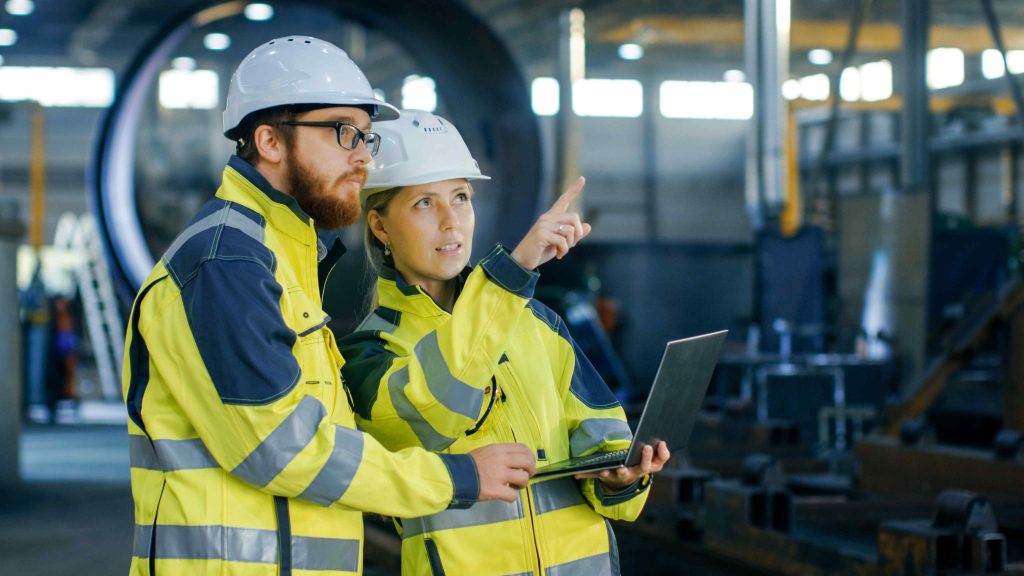
If you’re not confident in your current practices, or don’t have professional support in place, our network of qualified Health & Safety Consultants can help you to build a safe and compliant working environment through expert support tailored to your organisation.
- Approved by a Primary Authority
- Dedicated specialists with recognised qualifications
- Genuine hands-on experience of managing risk
- Unlimited 24/7 advice, award-winning software and policy support
- The confidence to act as one of your competent persons

Who you’ll be working with

Toyah Marshall
Principal Employment Law Adviser
Client stories

“
Our relationship with WorkNest is more like a supportive partnership. They treat us like peers, and yet provide extraordinary support whenever we need it. Whether it is about the challenges of working through a pandemic or building a new HR strategy, the people at WorkNest have been kind, holding our hand when that was needed (and it was!) and skilled
experts, providing guidance as we required it. We would not have managed through this last period without them, and I look forward to more of this cooperation ahead.”
“
WorkNest supports our 280 staff members with Employment Law and Health & Safety and has provided quality management training too.”
Lisa Best
Head of Service Delivery, Catalyst Choice
“
We get a great deal of comfort and satisfaction knowing that we have support as and when we need it, in a decisive and responsive way.”
Richard Berry
Group HR Director, Culina Group

“
We moved our legal support to WorkNest (formerly Law at Work) having previously used a time and line law firm. It was important, though, that an all-inclusive fee structure did not come at the expense of quality. Thankfully we’ve been delighted with the service we’ve received from WorkNest.”
Chief Executive
Waverley Care
“
What we recognised in WorkNest is the background that they have. They are able to supply knowledge and experience in a number of disciplines, which enables us to develop our business in a way that’s safe, to do it on time and with a quality to it.”
Debbie Rainbow
Director of Human Resources and Health & Safety,
Bluestone National Park Resort

“
Celia McKeon
Chief Executive, The Joseph Rowntree Charitable Trust (JRCT)
“
As the company started to get larger, we knew we had to protect our employees and our contractors both onsite and in the offices. WorkNest is exactly what we needed to move the company forward.”
Joanne Beaver
Operations Director, Beaverfit

“
Pineapple have worked with the team at WorkNest (formerly Law at Work) since 2003, and we have built a trusted partnership together. We particularly like WorkNest’s concise and practical advice concerning employment law/HR issues and also appreciate their totally supportive approach in all areas of health and safety.”
General Manager
Pineapple Dance Studios
Latest news and insights
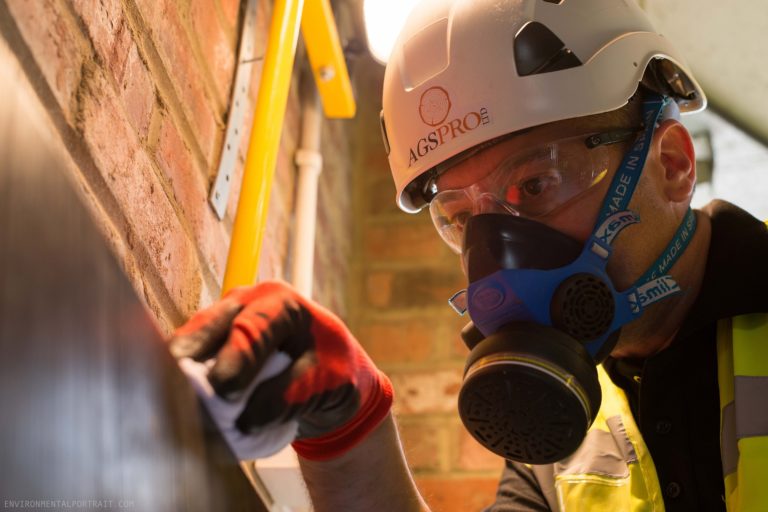
Health and safety fines | 5 times employers fell short in March 2020
While businesses’ health and safety efforts have been dominated by COVID-19 in recent weeks, March 2020 also saw a number of unrelated fines handed to employers who fell short in their health and safety duties. Here are five recent examples that illustrate the importance of robust risk control measures. Get your FREE consultation 1. Metal fabricator fined after girl crushed by sliding school gate A manufacturer of bespoke metal gates was fined almost £20,000 this month after a girl was
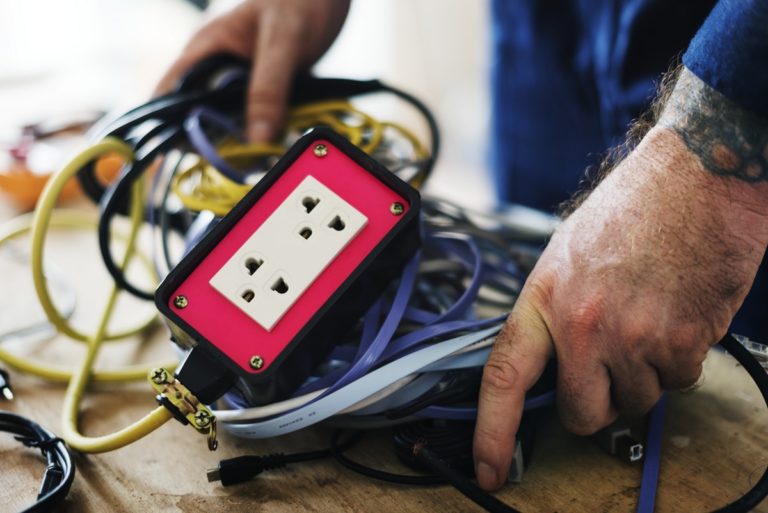
Electrical safety | A brief guide for employers
Blog Written by Hannah Kennedy on 12 February 2021 With the ability to cause damage to property, serious injuries and even fatalities, electrical safety should be a concern for all organisations. Common electrical hazards Voltages over 50 volts AC or 120 volts DC are considered hazardous. Workers can be seriously harmed when exposed to “live parts” or through conducting objects or materials. People most at risk of electrical injury include: Maintenance staff. Those working with electrical plant equipment and machinery.
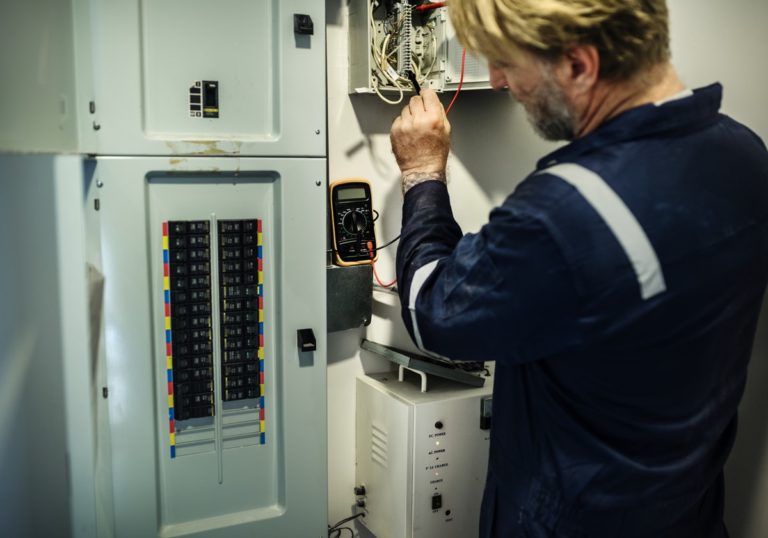
Health & Safety Mock Trial | How ‘minor’ hazards can result in major penalties
How do you ensure high health and safety standards are maintained in your workplace? Do you provide training, develop procedures and have clear lines of responsibility? All of these things provide a firm foundation for compliance; however, without the right health and safety culture, even the most robust management systems will prove ineffective. Get your FREE consultation In truth, the day-to-day realities of running a business can often get in the way of best laid plans, causing you to deviate


















